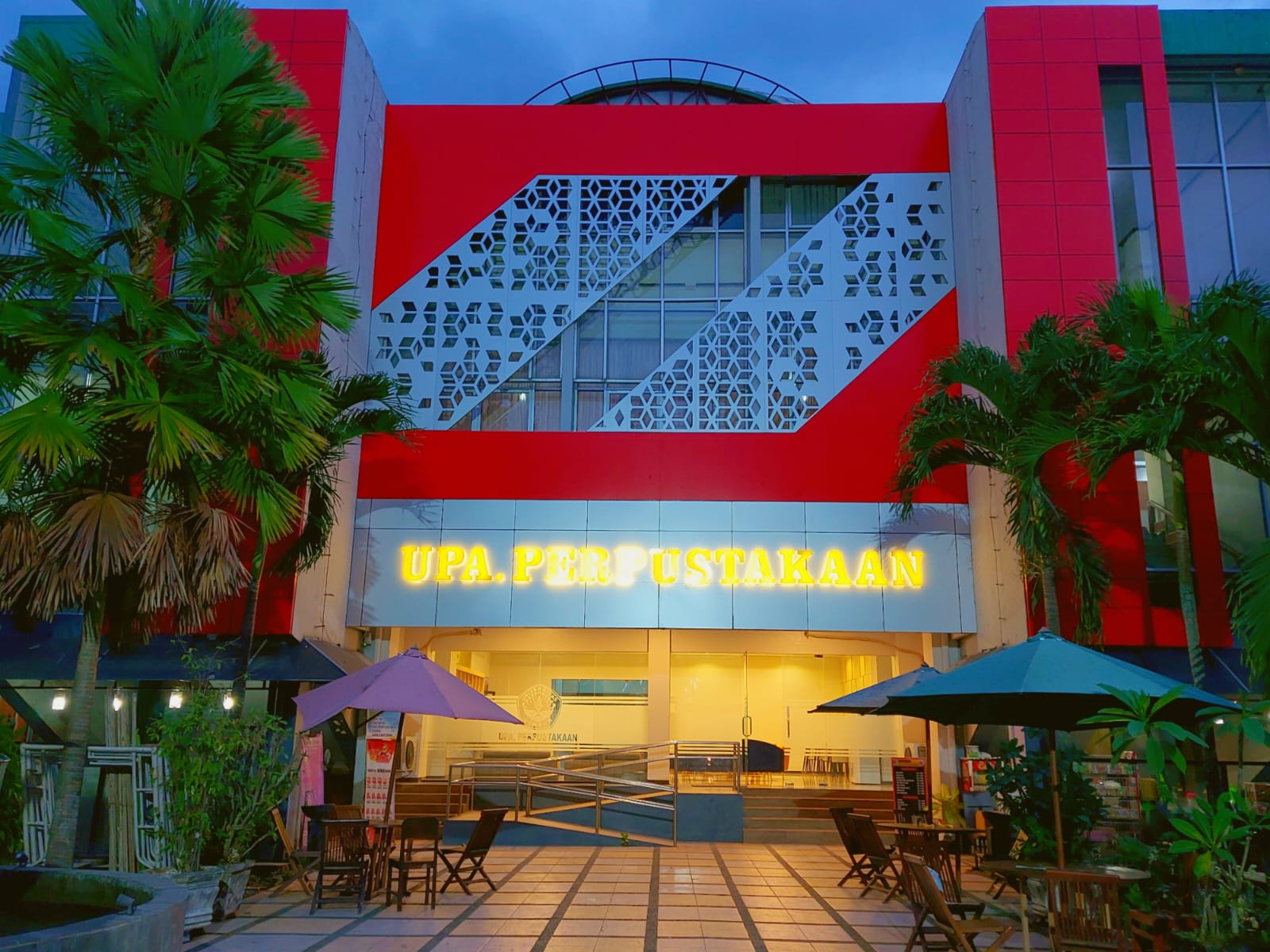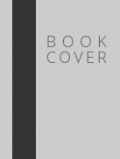OPAC (Online Public Access Catalog)
Pencarian Koleksi UPA Perpustakaan
start it by typing one or more keywords for title, author or subject


Edith Wharton’s vision of continuity in wartime France
A´ gnes Zso´fia Kova´cs - Personal Name

the possibility of comparing a pre-war travelogue to a war report on French culture.
Wharton’s precise descriptions and sound method of visual interpretation of moral
value in A motor-flight (1908) become problematized in descriptions of war damage
in Fighting France (1915). A motor-flight provides several examples of continuity in
French material culture offering the chance of a meaningful use of the past. In
Fighting France visits to the war zone show the damage done to civilized landscapes,
historical monuments, houses cathedrals that are destroyed or ruined,
offering only chances to think of the scope of the losses in cultural terms, meditations
on the lost sense of the past. Images of destruction are linked to this loss of
historical continuity Visits to the trenches show the war as a menace difficult to
visualize for the traveller Here the main effect of the war seems to be the continual
threat to secure reflexes and habits of the old reality that is being replaced by war.
Also, there are no reports on human wounds but descriptions of the damage to the
material environment become humanized In general however great the material
damage shown and the cultural ruin indicated, Wharton finds traces of continuity in
the devastated French countryside of the abandoned war zone: new life begins in the
ordered lines of the gardens in the new uses of the churches in the reorganization
of everyday life among the ruins. From the perspective of the language of war, this
means that Wharton’s war reports do not use the disillusioned tone necessary for the
language of Anglo-Saxon male combat gnosticism The standard reason for this can
be that she was never in combat. Another likely reason, however, can be her
Francophilia. In a gesture that may be identified as a reliance on the outmoded
British high rhetoric of war Wharton adopts the French attitude to historical continuity
she describes which eventually cannot and would not accept the material
and cultural devastation the war brings Although a non-combatant who is rarely
close to the lines Wharton does not report on the home front and her new roles
there. She struggles to comprehend and represent her experience of the war zone as
an eyewitness and the method she uses for this is the architectural vision of her
former travelogue in order to communicate the extent of the material loss to her
noncombatant American audience.
| EB00000002884K | Available |
Series Title
-
Call Number
-
Publisher
: ,
Collation
-
Language
ISBN/ISSN
-
Classification
NONE
Content Type
E-Jurnal
Media Type
-
Carrier Type
-
Edition
-
Subject(s)
War literature
Edith Wharton
Travel writing
French culture
Architecture
Historical continuity
Aesthetic theory
Visualization of war
Language of war
Specific Detail Info
-
Statement of Responsibility
-









